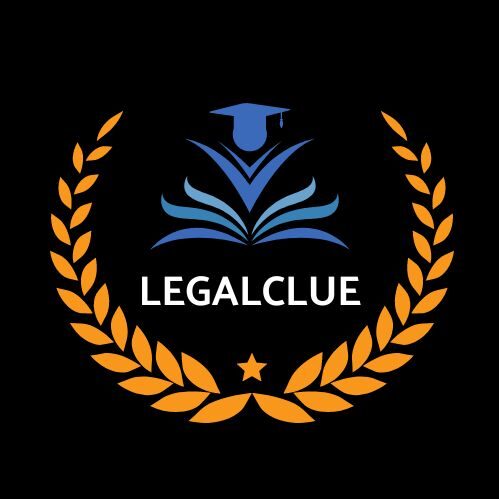Module 1: Introduction to Geometry
Topics Covered:
- Understanding Points, Lines, and Planes
- Line Segments and Rays
- Types of Angles: Acute, Right, Obtuse, and Straight Angles
Practice Questions:
- Name the geometric figure that has no endpoints.
- Identify the type of angle that measures 90∘90^\circ90∘.
- Draw and label a line segment ABABAB with a length of 5 cm.
Module 2: Basic Geometric Shapes
Topics Covered:
- Polygons: Triangle, Quadrilateral, Pentagon, and Hexagon
- Circle: Radius, Diameter, and Circumference
- Symmetry in Basic Shapes
Practice Questions:
- Identify the shape that has four equal sides and angles.
- Calculate the circumference of a circle with a radius of 7 cm (Use π=3.14\pi = 3.14π=3.14).
- Draw a hexagon and check for symmetry.
Module 3: Triangles
Topics Covered:
- Classification Based on Sides: Scalene, Isosceles, and Equilateral
- Classification Based on Angles: Acute, Right, and Obtuse
- Basic Triangle Properties:
- Sum of Angles in a Triangle
- Pythagoras Theorem (Right Triangles)
Practice Questions:
- Classify the triangle with sides 3 cm, 4 cm, and 5 cm.
- Find the missing angle of a triangle with angles 40∘40^\circ40∘ and 50∘50^\circ50∘.
- Apply the Pythagoras theorem to find the hypotenuse of a right triangle with legs 6 cm and 8 cm.
Module 4: Quadrilaterals
Topics Covered:
- Types of Quadrilaterals:
- Square, Rectangle, Parallelogram, Rhombus, and Trapezium
- Properties of Quadrilaterals
- Diagonals of Quadrilaterals
Practice Questions:
- What is the difference between a square and a rectangle?
- Calculate the perimeter of a rectangle with length 12 cm and width 8 cm.
- Draw a parallelogram and mark its diagonals.
Module 5: Perimeter and Area
Topics Covered:
- Perimeter of Common Shapes: Triangle, Rectangle, and Circle
- Area Formulas for Basic Shapes
- Real-Life Applications of Perimeter and Area
Practice Questions:
- Find the area of a rectangle with length 10 cm and width 5 cm.
- Calculate the perimeter of a triangle with sides 3 cm, 4 cm, and 5 cm.
- If the radius of a circle is 7 cm, find its area (Use π=3.14\pi = 3.14π=3.14).
Module 6: Coordinate Geometry (Basics)
Topics Covered:
- Cartesian Plane: X-axis, Y-axis, and Quadrants
- Plotting Points in the Plane
- Distance Between Two Points (Basic)
Practice Questions:
- Plot the points (2,3)(2, 3)(2,3) and (−1,−4)(-1, -4)(−1,−4) on a graph.
- Identify the quadrant of the point (−3,5)(-3, 5)(−3,5).
- Calculate the distance between (0,0)(0, 0)(0,0) and (3,4)(3, 4)(3,4).
Module 7: Circles
Topics Covered:
- Basic Terminology: Chord, Arc, Sector, and Segment
- Relationship Between Radius, Diameter, and Circumference
- Introduction to Tangents
Practice Questions:
- Define the chord of a circle.
- Find the diameter of a circle with a radius of 10 cm.
- Draw a circle and label its radius, diameter, and a chord.
Module 8: Symmetry and Transformations
Topics Covered:
- Line Symmetry: Mirror Images
- Rotational Symmetry
- Introduction to Transformations: Translation, Rotation, and Reflection
Practice Questions:
- Identify whether a square has line symmetry, rotational symmetry, or both.
- Draw the reflection of a triangle over a vertical line.
- Rotate a triangle 90∘90^\circ90∘ clockwise about a fixed point.
Module 9: Basic 3D Shapes
Topics Covered:
- Introduction to 3D Shapes: Cube, Cuboid, Sphere, Cylinder, and Cone
- Faces, Edges, and Vertices
- Surface Area and Volume (Simple Cases)
Practice Questions:
- Count the number of faces, edges, and vertices in a cube.
- Draw a cylinder and mark its radius and height.
- Calculate the volume of a cuboid with length 4 cm, width 3 cm, and height 2 cm.
Module 10: Final Review and Geometry Project
Topics Covered:
- Revision of All Topics
- Real-Life Applications of Geometry:
- Designing a Garden
- Creating Floor Plans
- Geometry Test: Mixed Questions
Mock Test Sample Questions:
- Draw a triangle with angles 60∘,60∘,60^\circ, 60^\circ,60∘,60∘, and 60∘60^\circ60∘. What type of triangle is it?
- Find the area and perimeter of a square with side 5 cm.
- Plot the points (1,1),(1,4),(4,4),(1, 1), (1, 4), (4, 4),(1,1),(1,4),(4,4), and (4,1)(4, 1)(4,1) and identify the shape formed.
Additional Materials
- Worksheets for Hands-On Drawing and Calculation
- Templates for Graphing
- Games and Puzzles for Practicing Symmetry and Shapes
- Activity: Measure objects around you (e.g., tables, rooms) and calculate their area and perimeter.
This syllabus introduces fundamental geometric concepts, making it ideal for beginners to build a strong foundation in geometry.
4o
